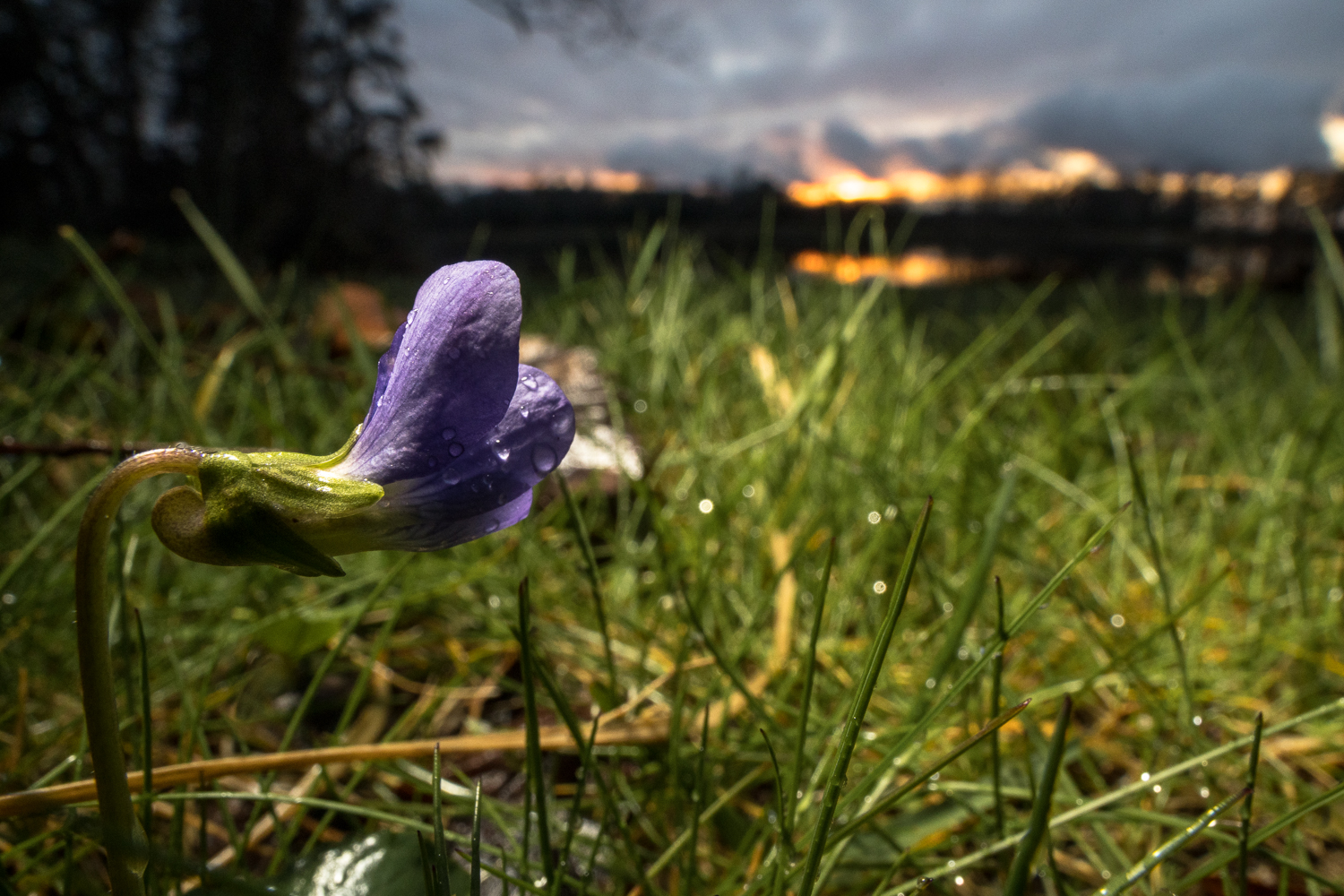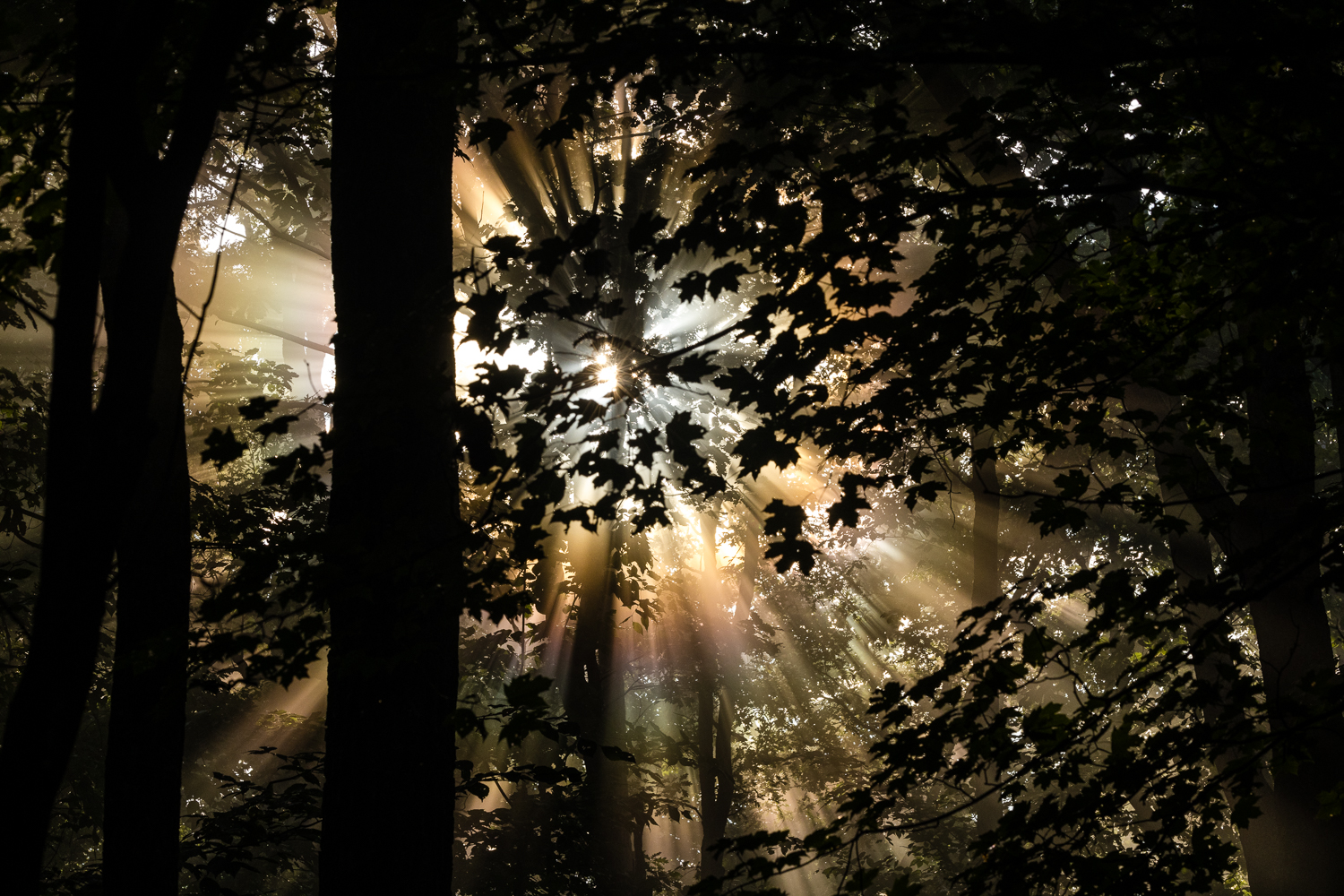
Kentucky’s Bernheim
Forest: Hiding In Plain Sight
2022
Location
Clermont, Kentucky, USA
Would you believe the largest privately held forest block in the Eastern United States is located within Kentucky, hiding in plain sight?
Nestled amongst bourbon distilleries and rapidly expanding warehouses Bernheim Arboretum and Research Forest protects an area larger than the island of Manhattan, hosts over 2,100 species, and is currently threatened by a looming gas pipeline.
Frequently referred to as a flyover state, Kentucky isn’t first in many’s thoughts when they think of the environment. Yet with more than tens of thousands of acres of land lost to development each year in Kentucky, Bernheim Forest conserves over 16,000 acres of land, creates 780 million pounds of oxygen annually, captures 22 billion gallons of water yearly, and as a result, provides clean air, water, and scenic beauty to the region all while directly combating climate change.
Declaring eminent domain, Louisville Gas and Electric is fighting to place a habitat-destroying gas pipeline through Bernheim’s Cedar Grove wildlife corridor, which hosts globally imperiled Bluff Vertigo snails, critically endangered bats, and more.
An issue much larger than Bernheim Forest, LG&E’s battle may set a dangerous precedent for the future protection of conservation easements and deed restrictions on private natural lands, not to mention long-lasting negative impacts on the environment.
Growing up near Louisville, Kentucky, I never had the pleasure of visiting Bernheim Forest. After a lifetime away in New York, I reconnected with my ol’ Kentucky home in 2022, as Bernheim Forest’s first-ever environmental artist in residence. Through my photographic work documenting Bernheim’s least accessible natural spaces, I share the surprising biodiversity, hidden gems, and environmental importance of Bernheim Forest.
With photographs taken during multiple visits over 2022, I aimed to show why a large forest block in an often overlooked area of the United States deserves our collective attention, and what is at stake when a forest is under threat.
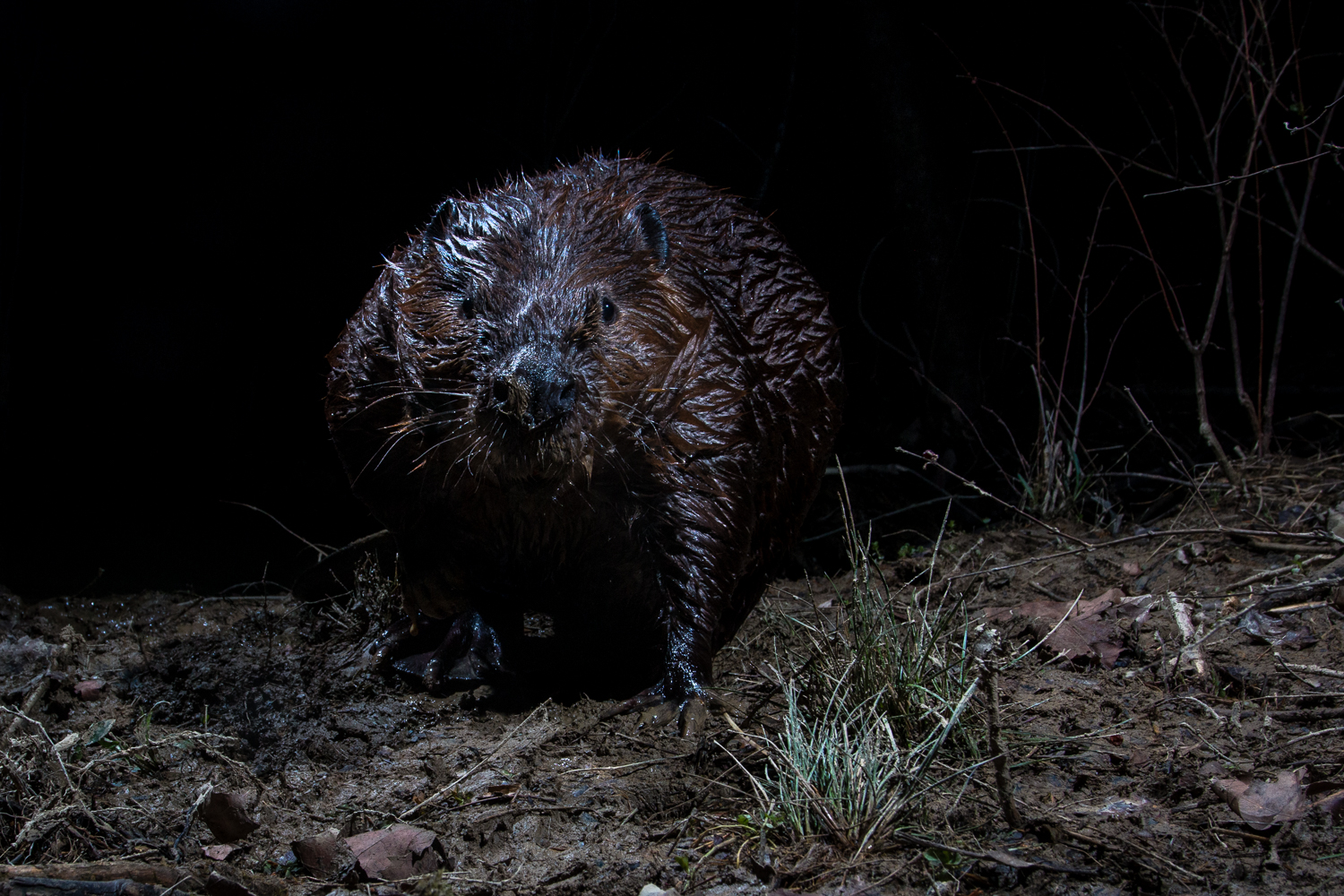
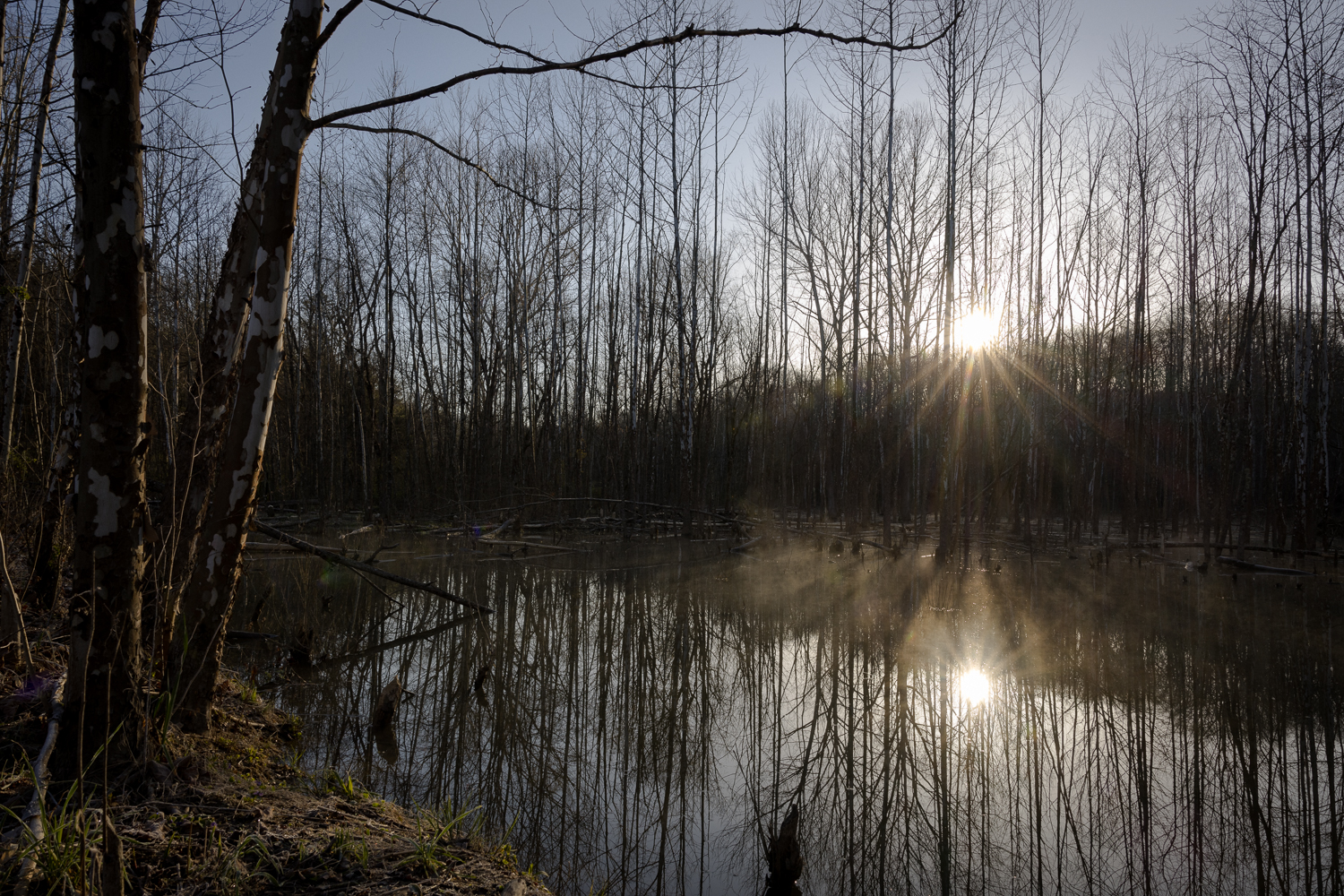
Wetlands are disappearing three times faster than forests
The Wilson Creek stream restoration project recreated important wetland habitat that had been lost for 100 years.
As a result, North American Beavers (above) have moved in and the restoration attracted a surprise visitor in 2022: an American Bittern (below), with the last visit recorded decades prior.
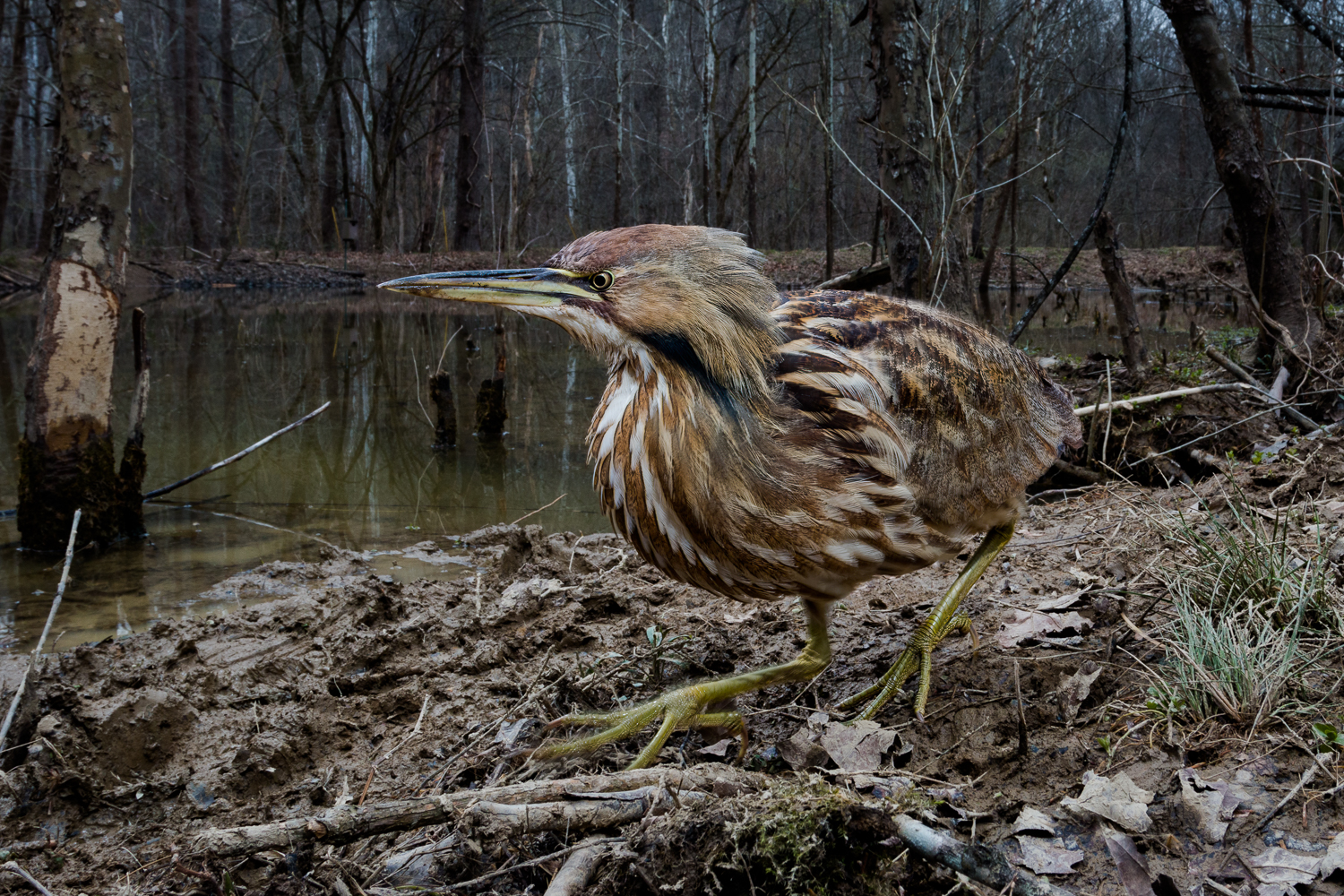
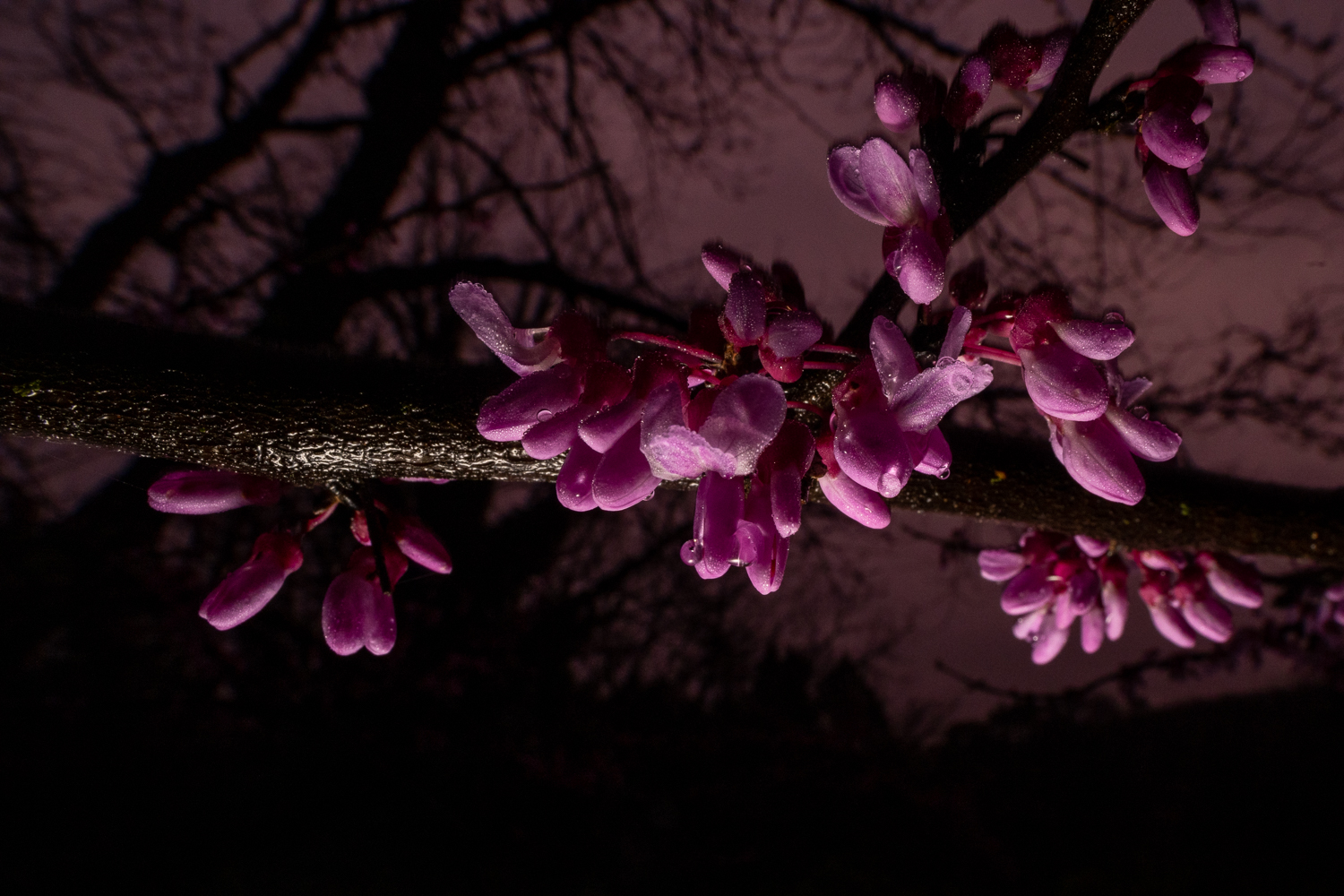



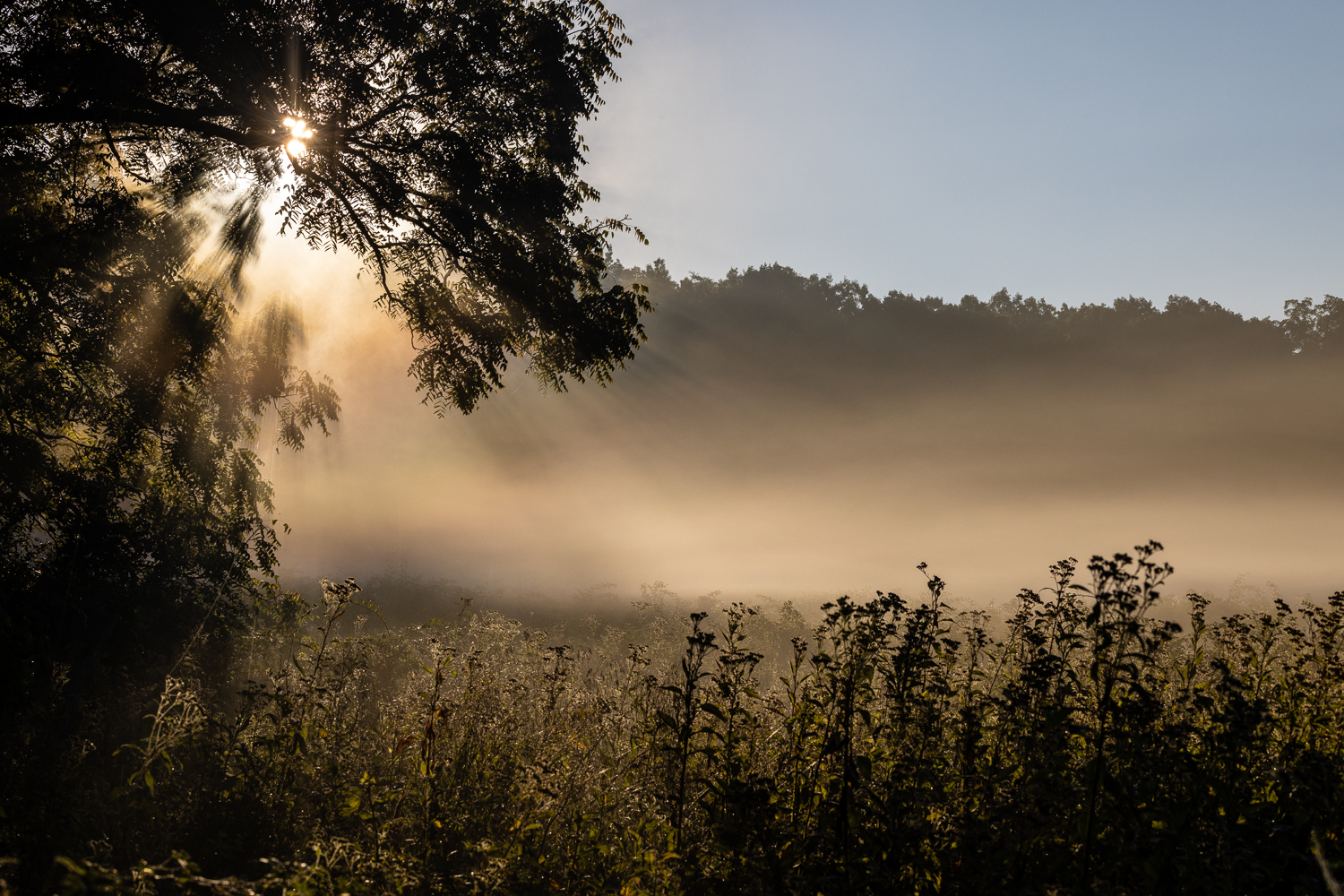

Cedar Grove Wildlife Corridor
Declaring eminent domain, Louisville Gas and Electric is fighting to place a habitat-destroying gas pipeline through Bernheim’s Cedar Grove wildlife corridor, which hosts globally imperiled Bluff Vertigo snails, threatened endemic Kentucky Glade Cress (pictured below), critically endangered bats, and more.




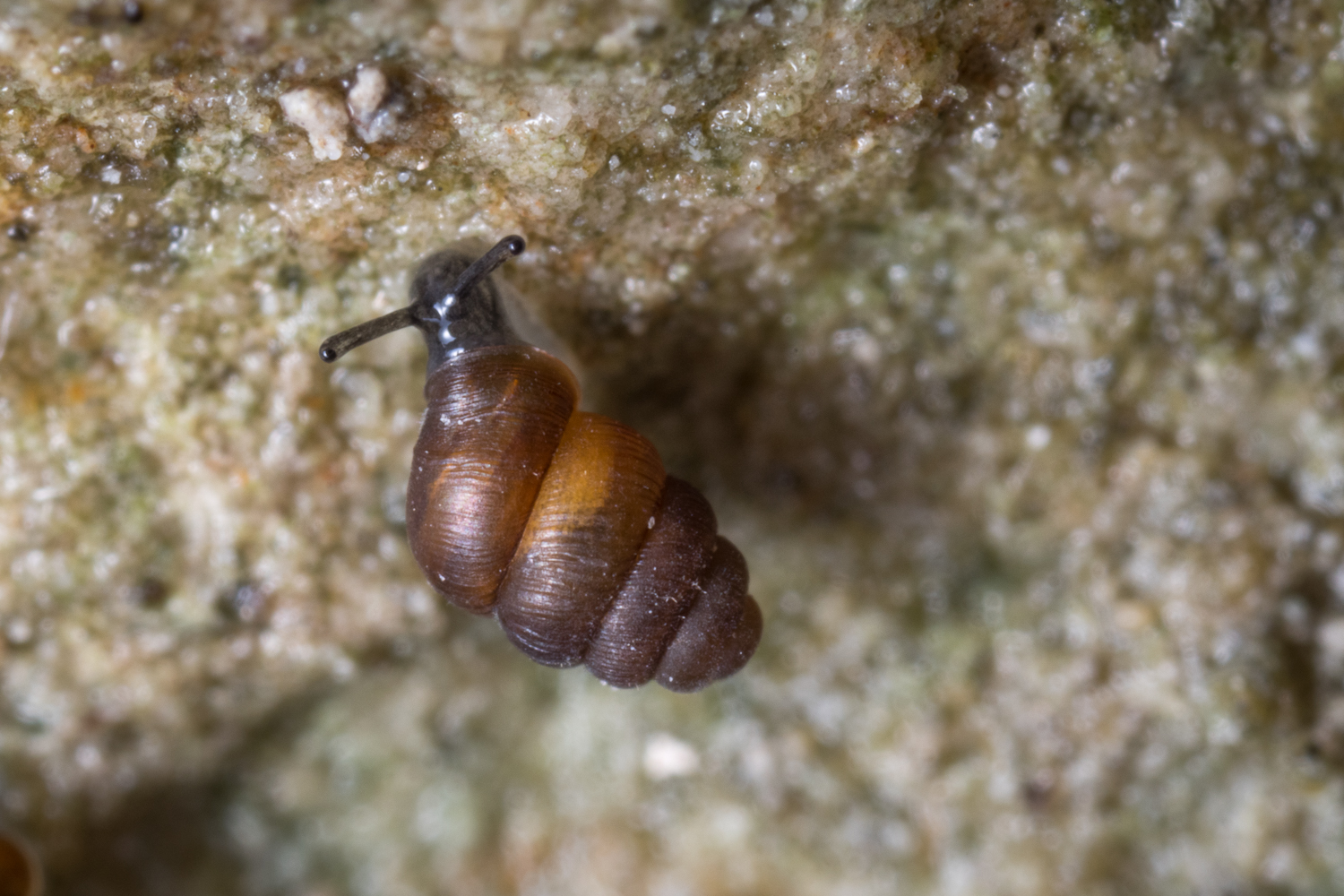

Bluff Vertigo Snails
Snailer and researcher Lori Schroeder discovered globally imperiled bluff vertigo snails within Cedar Grove.
Found only 30 places in the world and measuring less than 2mm, the Bluff Vertigo’s vuggy limestone habitat (pictured below with a Virginia opossum) lies directly in the proposed pipeline route.


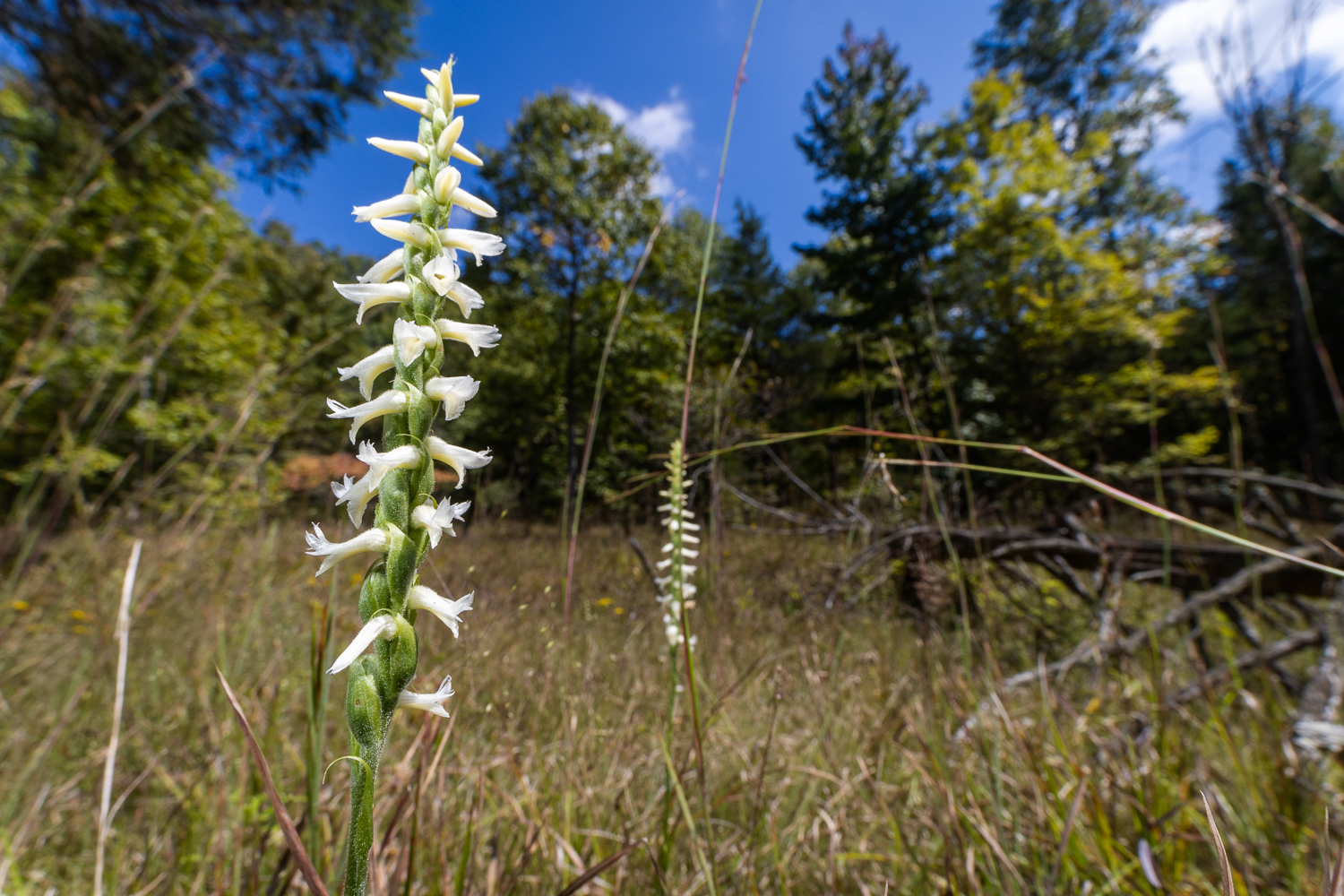

Hidden Gems
(Above) Dolomite glades occur only within a small area of Kentucky, some of which are found within Bernheim. Threatened Great Plains Ladies’ Tresses are pictured growing on a glade. (Left) Volunteer naturalist Joe Cichan discovered an isolated four-toed salamander population at Bernheim, whose eggs are pictured.


